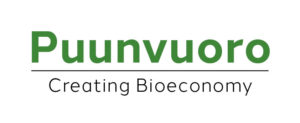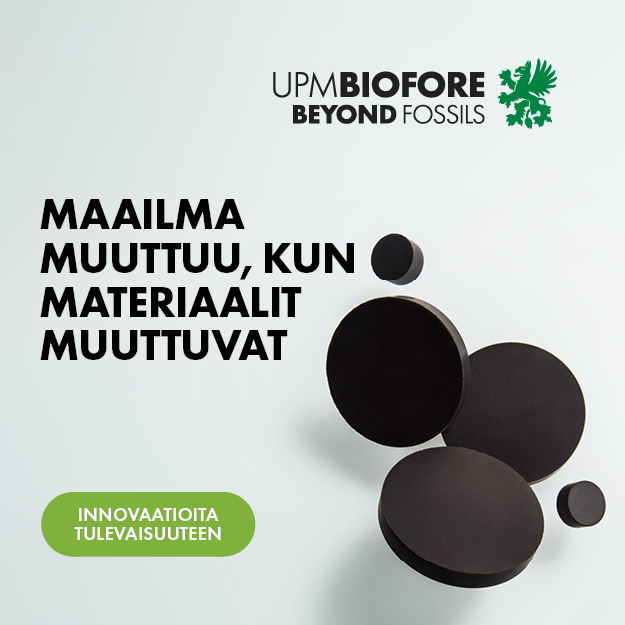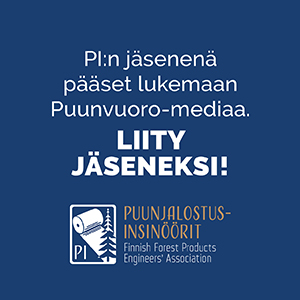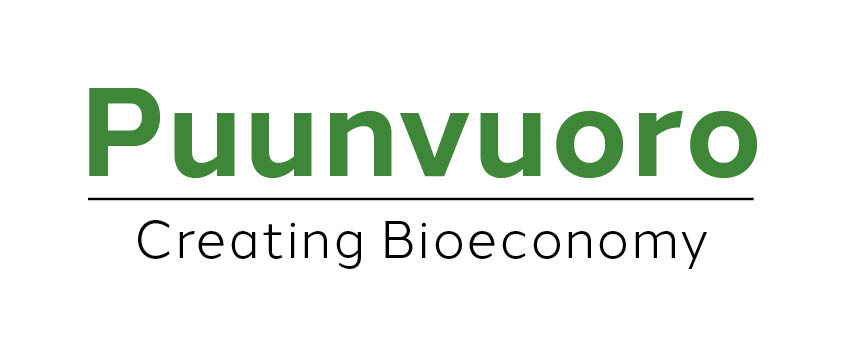
According to Ismo Nousiainen and Anssi Nevalainen, the partnership of Metsä Fibre and Andritz has been essential for process development at the Joutseno mill.
With an investment of €15 million in place, Metsä Group is in the process of converting the production process of the Joutseno pulp mill to be suitable for polysulphide cooking. This is the first time this technology is being applied on such a large scale. Metsä Group’s partner in the project is Andritz.
Ismo Nousiainen (IN), you are production manager at Metsä Fibre. What was the determining factor behind your decision to modernize the Joutseno pulp mill?
IN: Most importantly, our decision to alter the Joutseno mill’s production process to be compatible with polysulphide cooking sprang from product development factors. Our objective is to improve our products continuously, in order to meet our customers’ requirements. Once polysulphide mass is available to us, we will be able to offer our customers softwood pulp, which not only improves the operation of the various processes but also offers more energy-efficient processing qualities. From our perspective, a question of resource efficiency is involved too: more production from less raw material. The shift will raise the mill’s production capacity by approximately 10%.
How will the investment affect the Joutseno pulp mill’s future prospects?
IN: The investment will improve our cost-efficiency and competitiveness. If we are able to maintain our competitiveness, our future will be more secure. The process of shifting to polysulphide cooking makes up only part of our development work. We are converting our mills to be carbon-dioxide neutral, with the Joutseno mill also having taken a step in this direction.
Anssi Nevalainen (AN), you are operational manager at Andritz. How is the Joutseno project special to Andritz?
AN: As a process, polysulphide production is well-known, but obtaining knowledge about it, particularly of the implementation of the cooking application, presents a challenge. We have delivered similar plants to Canada, Japan and other countries, gaining experience in the process that we can use in this project. In our view, we had a solution that we could confidently offer to Metsä Fibre, one that would facilitate black-liquor circulation and improve mass quality.
By volume, this plant is almost three times as big as the second biggest of its type. We have also discovered that scaling up something is not as easy as one might think. At Joutseno, we have had certain problems, particularly with the MOXY reactor.
Is it correct to characterise the Joutseno project as a partnership?
IN: This is not a traditional equipment-supplier-user relationship. We have also enhanced our collaboration with regard to process development. Metsä Fibre has a culture of continuous improvement, and such improvements cannot be carried out alone. This kind of partnership is really important. We need an excellent equipment manufacturer with proven skills to provide new technical solutions. We always need to have the best expertise at our disposal.
AN: In project work, we are frequently faced with challenges that are best resolved with close collaboration between the process user and the equipment supplier. Such challenges may be related to materials of which the other party has more experience. This is an example of fruitful collaboration that amounts to a great deal more than the traditional purchaser-seller approach.
What do you expect of yourself and your partner during a project?
IN: It is important that the contract be clear and comprehensible. However, in this kind of project, no contract can be made watertight, to cover every possible aspect of the project. The ability to handle issues not specifically addressed in the contract is the true test of a partnership. The two parties must have a shared willingness to solve problems that arise during the course of a project.
Closely connected with this is a trust that all aspects of the project will be handled in a professional manner. Just the act of selling a piece of equipment does not amount to fulfilling the requirements of the role of the suppliers, because the suppliers are also selling the performance of their equipment. The equipment manufacturer must be committed to the customer’s objectives, enabling the two parties to advance jointly towards the target.
We also co-operate with Andritz in process development. They know our processes and, by virtue of this, they are familiar with the technical specifications of our equipment.
AN: It is true that a successful project is grounded on shared understanding between the two parties of what the project seeks to achieve. If the basic premises, such as the technical specifications, timetable, documentation and quality plan have been agreed upon, and communication between the parties functions well, projects will succeed, as a rule.
Text by: Sami Laakso
Photo by: Jari Härkönen



